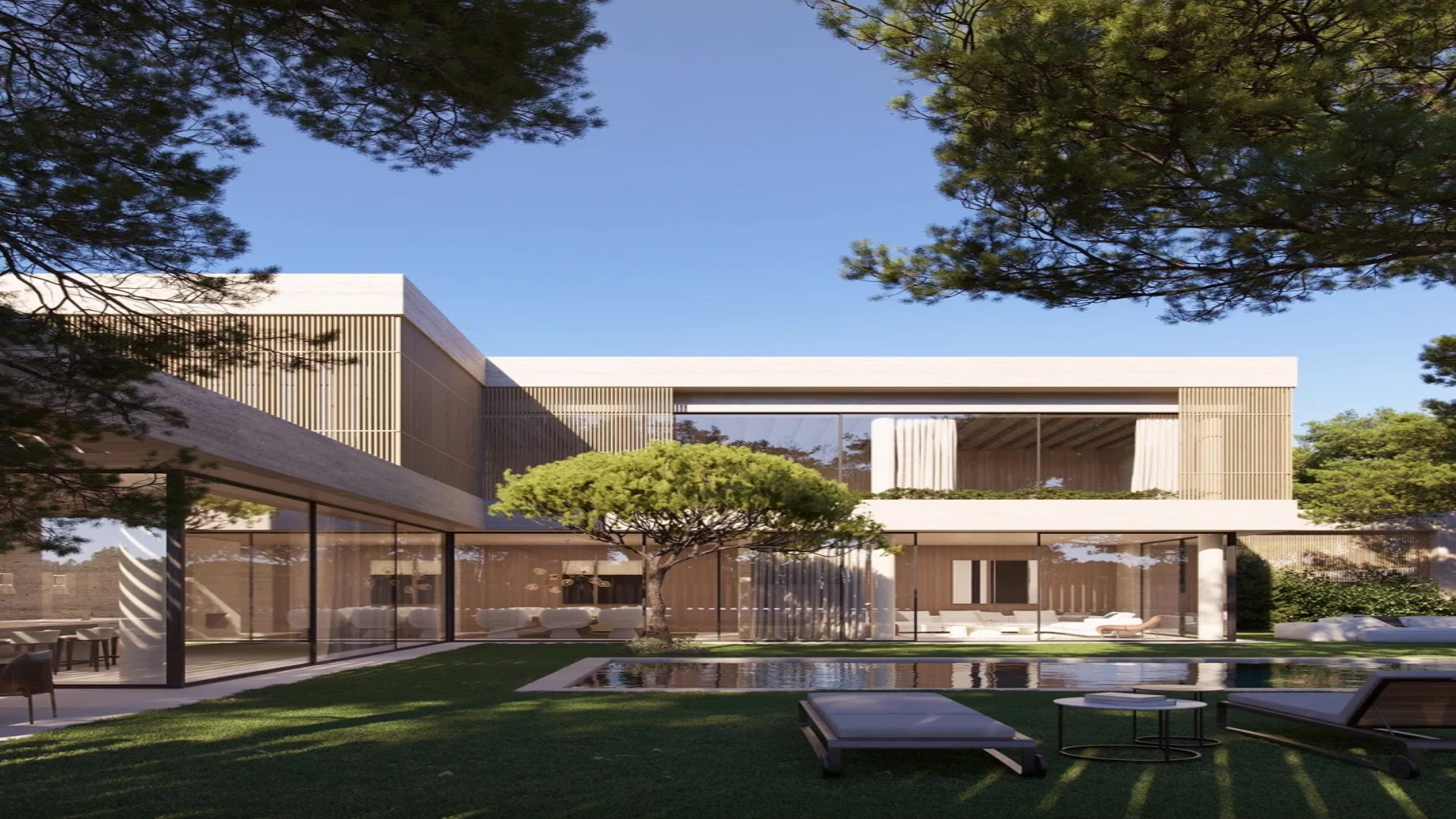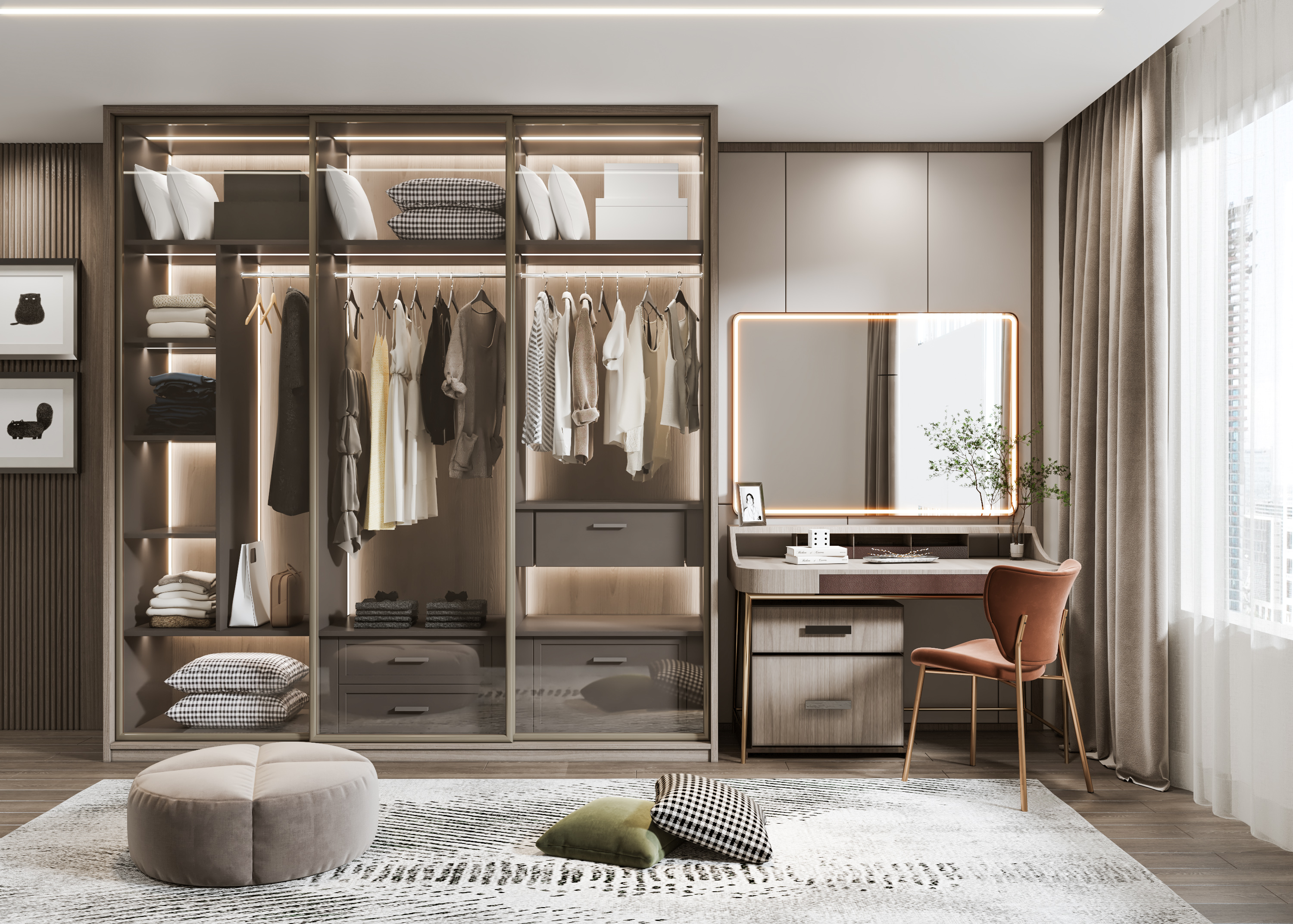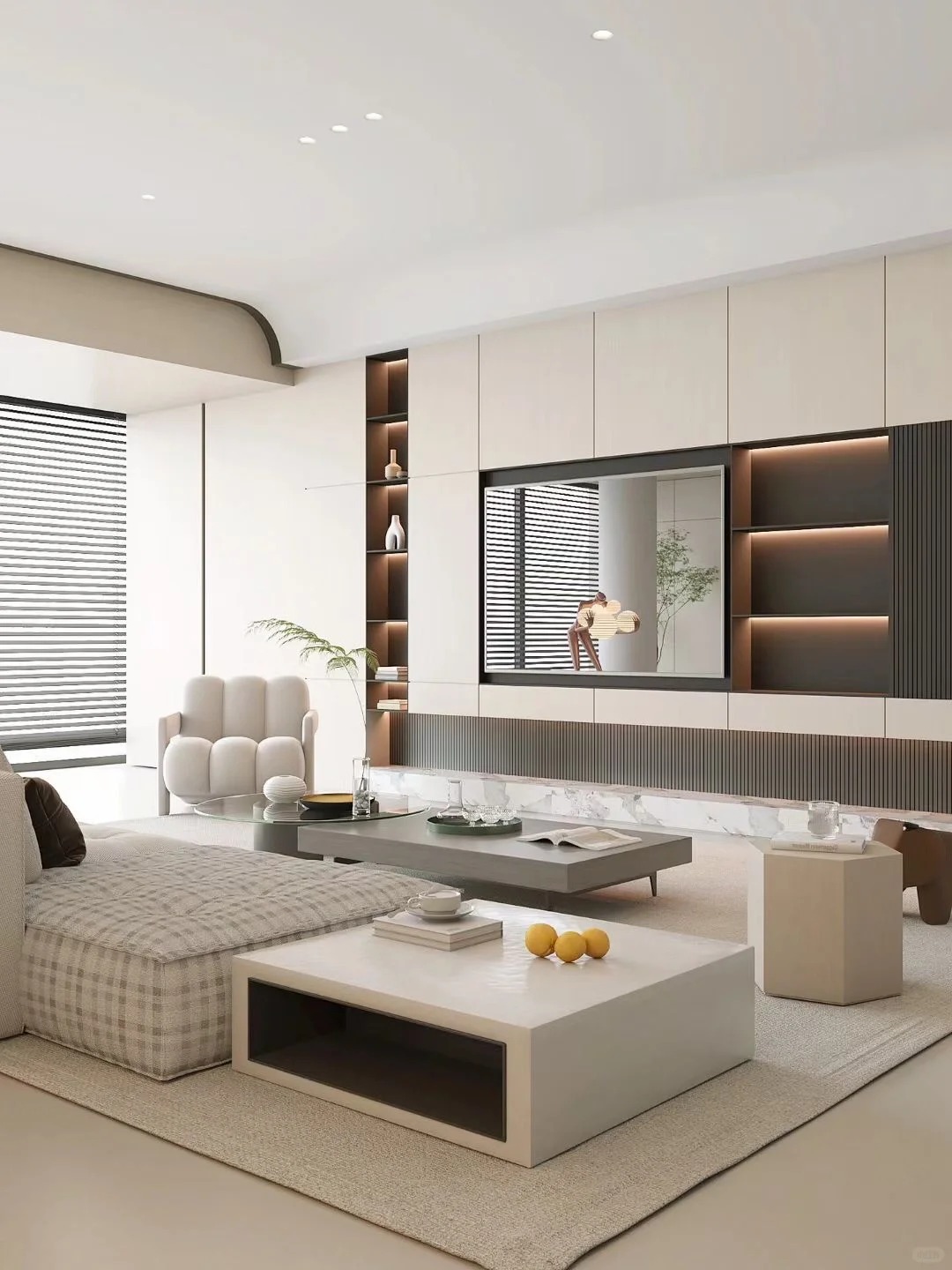Enclosing Balconies and Terraces: Key Considerations in Global Residential Renovation

1. Mainstream Profile Materials and Their Global Applicability
Aluminum Alloy: A lightweight yet high-strength metal material. Aluminum alloy doors and windows offer excellent corrosion resistance and a long service life after anodization or coating treatment. However, they have poor thermal insulation performance. In areas with extreme climates (severe cold or intense heat), they easily form "thermal bridges" and cause energy loss without special treatment.
Thermally Broken Aluminum Alloy: An upgraded version of aluminum alloy. It uses a nylon thermal barrier strip to separate the aluminum profiles on the indoor and outdoor sides, significantly reducing heat transfer. It is currently one of the top choices for projects with high energy-saving and performance requirements worldwide, especially suitable for regions with large temperature differences and strict thermal insulation standards.
UPVC (Unplasticized Polyvinyl Chloride): Mainly made of PVC with an internal steel core to enhance strength. Its inherent low thermal conductivity gives it excellent thermal insulation performance and high cost-effectiveness. It performs stably in humid and rainy climates. Some high-end UPVC windows have significantly improved durability and appearance, and are common in parts of Europe.
2. Opening Methods and Space Design
Sliding Type: Saves space and is easy to open, making it a classic choice for balcony doors. Its disadvantage is relatively poor airtightness, so it may not be the best option in areas with heavy sand or cold winters.
Side-Hung Type: Provides the best airtightness and sound insulation. It needs to open inward or outward, occupying a certain amount of indoor or outdoor space. It is the first choice for those pursuing airtightness and watertightness.
Tilt-In/Hung-Top Type: A popular design originating from Europe. Doors and windows can either swing inward fully or tilt inward for micro-ventilation. It allows safe ventilation even on rainy days and improves safety, making it especially suitable for high-rise residences and families with children.
Folding Type: Can fully open the entire facade to achieve seamless connection between indoor and outdoor spaces. It has extremely high requirements for the quality of rails and hardware, and is expensive. It is usually used in villas or high-end apartments that pursue an ultimate view and sense of openness.
3. Glass Configuration: The Core of Performance and Safety
Tempered Safety Glass: A mandatory safety standard for modern doors and windows. Its strength is several times that of ordinary glass, and when broken, it shatters into small, blunt particles, greatly reducing the risk of injury.
Double or Triple Glazed Units: Dry air or inert gas is filled between two or three glass panes to form a thermal and sound insulation layer. This is the key to improving energy efficiency, as it can effectively reduce heat transfer (keeping the room warm in winter and cool in summer) and block external noise. It is a standard configuration in areas with mild or cold climates.
Laminated Glass: A layer of PVB (polyvinyl butyral) film is sandwiched between two glass panes. Even if broken, the fragments will adhere to the film, preventing penetration and falling, thus providing higher safety and anti-theft performance. It is also an excellent sound-insulating glass.
Low-E (Low-Emissivity) Glass: A special coating is applied to the glass surface, which can reflect far-infrared thermal radiation. It retains indoor heat in winter and blocks outdoor heat from entering in summer, making it a symbol of high-performance energy-saving buildings.
4. Overview of Professional Installation Process
Accurate Measurement: Professional personnel must measure the size of the opening and check its levelness and verticality.
Frame Fixing: Use corrosion-resistant fasteners and fix them at intervals strictly in accordance with the manufacturer’s requirements. Ensure the frame is level and vertical, as this is the prerequisite for smooth opening and airtightness.
Glass Installation: Place the glass unit into the frame in a clean environment, and use special spacers and sealing strips to ensure it is stable and evenly stressed.
Multi-Layer Sealing: Use high-quality silicone sealant to waterproof and seal the outdoor joints, and install weatherstripping indoors to form a complete airtight and watertight system.
Final Adjustment: Check all hardware, and adjust the opening force and the smoothness of locking.
5. Daily Maintenance and Upkeep
Cleaning: Use a soft cloth and neutral detergent. Regularly clean the track grooves to prevent dust and debris from affecting airtightness and opening/closing.
Hardware Maintenance: Regularly lubricate moving parts such as hinges, lock points, and pulleys, and tighten any loose screws.
Sealing Strip Inspection: Regularly check if the rubber sealing strips are aged, cracked, or deformed, and replace them in a timely manner to restore airtight performance.
Drainage Hole Cleaning: Ensure the drainage holes at the bottom of the window frame are unobstructed to prevent rainwater accumulation.
6. Special Considerations for Different Regions
Climate Adaptability
Rainy/Typhoon-Prone Areas: Prioritize products with high watertightness and wind pressure resistance ratings. Side-hung windows are better than sliding windows, and the fixed glass part must undergo strict wind pressure calculation.
Hot Areas: Thermal insulation and sunshade are the key points. Choose Low-E insulated glass with thermally broken aluminum profiles. External sunshades or insulated glass with built-in blinds can be considered.
Cold Areas: Thermal insulation is crucial. Triple-glazed units filled with argon gas and using warm-edge spacers are the standard configuration.

Advantages of Choosing Lingyin Group
In-depth Optimization for National Climates: Our product design and material selection are inherently optimized to cope with climates characterized by high temperatures, high humidity, heavy rainfall, and occasional typhoons.
Safety-Oriented Design Philosophy: From profile wall thickness and glass selection to hardware load-bearing and installation fixing, safety is the top priority in all our design decisions.
One-Stop Worry-Free Service: From on-site measurement, professional scheme design, and refined installation to considerate after-sales service, Lingyin Group makes your balcony enclosure project simple, transparent, and worry-free.
Budget and Value: Choosing Lingyin is not just purchasing a set of high-performance door and window products, but also making a long-term value-preserving and value-adding investment for your property. The energy-saving savings, improved comfort, reduced noise, and safety guarantees it brings will continue to benefit you and your family for decades to come.




